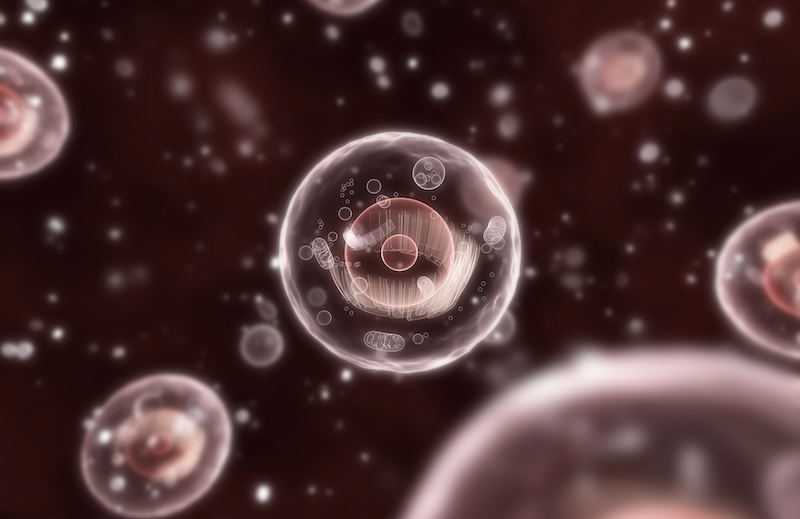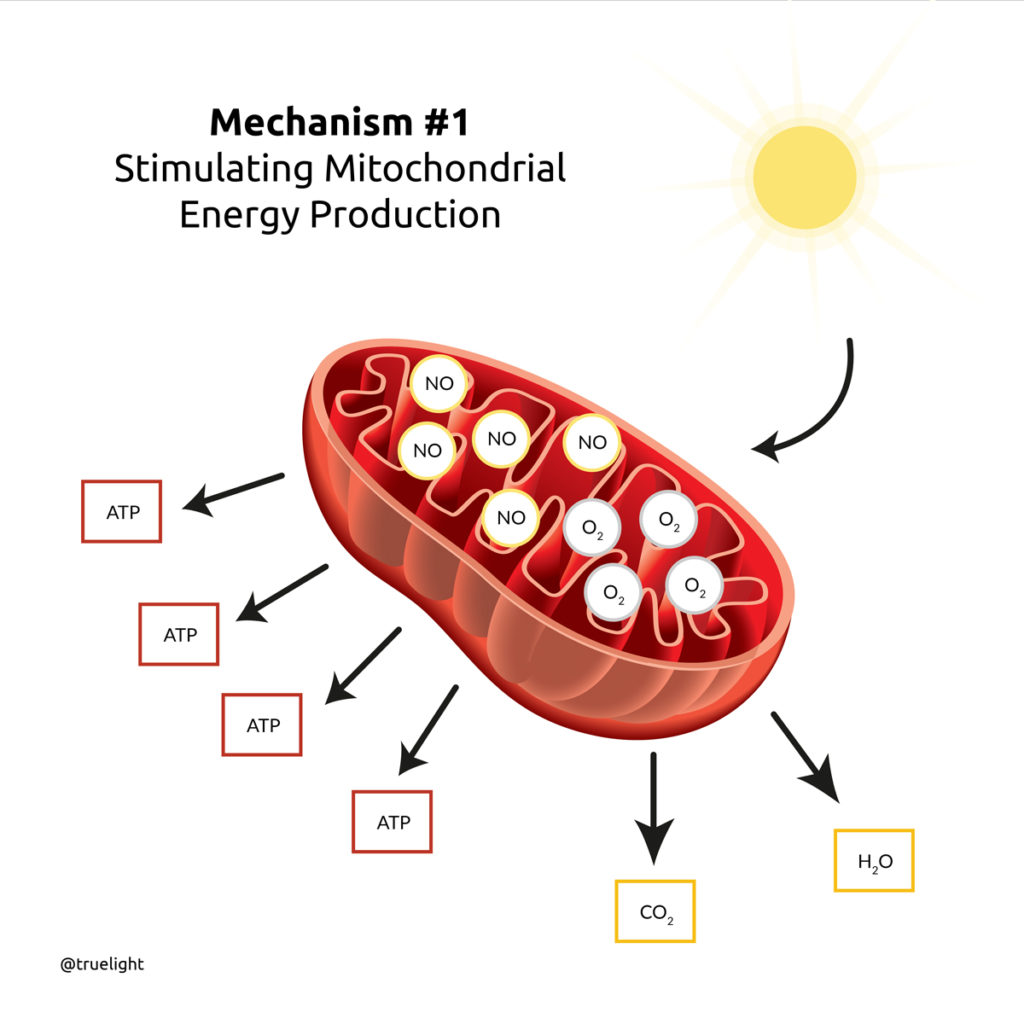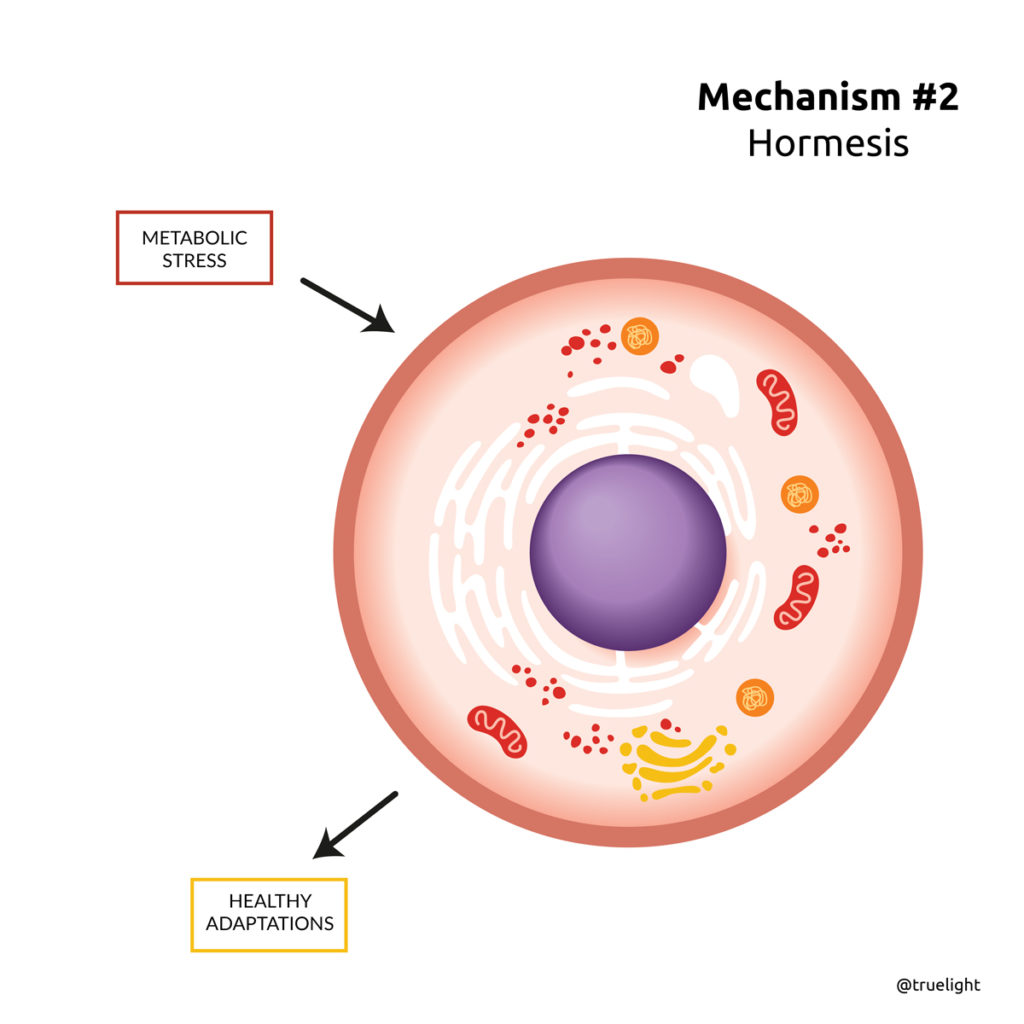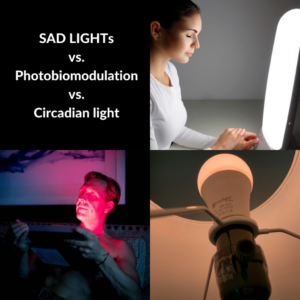
Space Day: LED Light Therapy & Blue Blockers Started With Space Exploration
Article at a Glance: National Space Day was first created in the 1990s to commemorate all of the achievements associated with space research and exploration,

Red and NIR wavelengths of light are “bioactive”, meaning that they affect how our cells function. Just as our bodies need nutrients from food in order to survive, natural sunlight is an essential nutrient that enables our cells to function well. Red and NIR are especially unique because they have a deeper penetration level than other wavelengths of light. They can reach deep into your muscle tissue and even all the way down to your bones. This can help stimulate a long list of positive health benefits, including but not limited to better blood circulation, faster muscle recovery, hormone regulation, and radiant skin. In other words, targeting your cells with red and NIR light can help you improve your health from the inside out.
Note that when you don’t get enough of the right light “nutrients”, you experience mal-illumination (like malnutrition when your diet is lacking key nutrients). Mal-illumination directly impacts circadian rhythms that control your appetite, energy, mood, sleep, libido, and other body-mind functions. (1) Circadian rhythm disruption can subsequently lead to other adverse health conditions too:
There are now over 3,000 peer-reviewed scientific studies that illustrate the powerful health and antiaging benefits of red and NIR light. (2) Science shows that these wavelengths alter numerous biological pathways — a series of actions among molecules that interact with chemical signals and trigger changes in a cell. (3) With that said, there are two key mechanisms that are arguably the most important to highlight: cellular energy production and hormesis.

When red and NIR wavelengths penetrate your cells, the light activates a special photoreceptor in your mitochondria called Cytochrome c oxidase. This photoreceptor is part of the respiratory chain that is responsible for producing ATP (cellular energy). When red and near-infrared light photons hit the photo acceptor cytochrome c oxidase, it helps the mitochondria use oxygen more efficiently to produce ATP. This is important because mitochondria are critical players in health, disease prevention, and longevity. Helping your mitochondria create more energy can help keep your cells, organs, and body healthy and performing better.

The second key mechanism for how red and NIR light alters biological pathways is hormesis. This refers to creating temporary metabolic stress (and increasing reactive oxygen species, a.k.a. free radicals). During hormesis, your mitochondria get shocked in a way that causes them to send signals back to the nucleus of the cell (which contains your DNA). The nucleus in your cells then uses these signals to determine what genes should be expressed. This “retrograde signaling” prompts the body to adapt with things like improved cardiovascular efficiency, better blood delivery to the muscles, and more efficient mitochondria.


Article at a Glance: National Space Day was first created in the 1990s to commemorate all of the achievements associated with space research and exploration,

Article at a Glance: Skin is the body’s largest organ, and it’s important to protect it as much as it protects you. Maintaining healthy skin

Article at a Glance: Light is an extremely powerful stimulant and tool for the human body. There are several types of light therapy and lighting
© 2024 TrueDark. All rights Reserved | Terms & Conditions | Privacy Policy | Cookie Policy